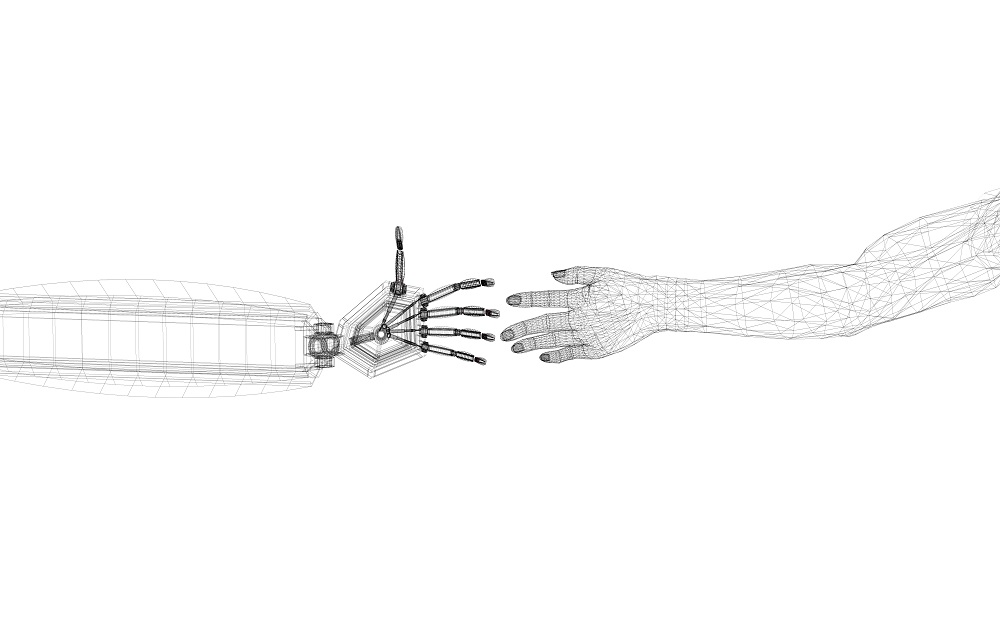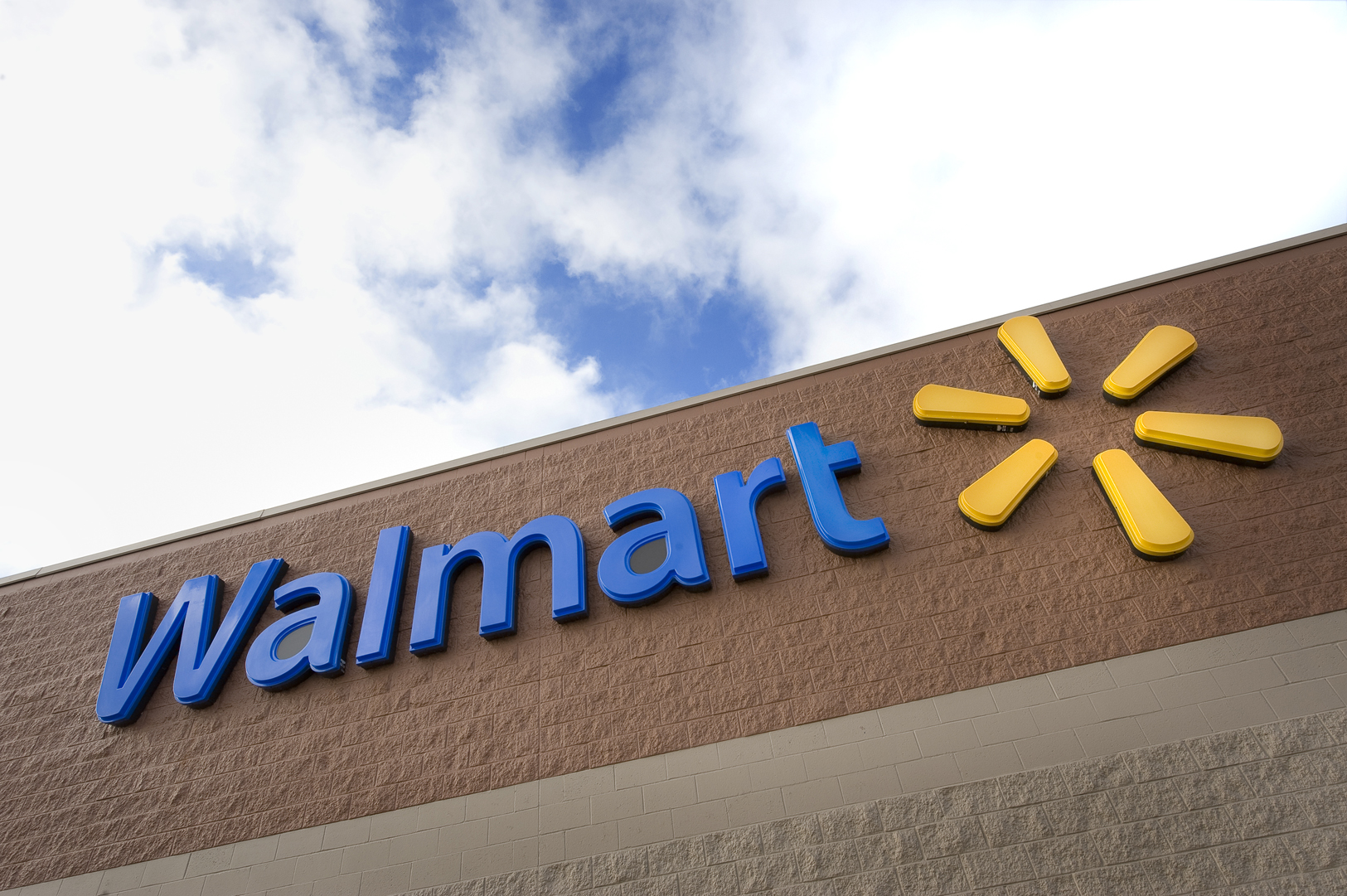
As businesses begin to move from the current lockdown phase to recovery and staff prepare to return to work; daily cleaning practices, client expectations, and frequencies of clean are set to be taken to a whole new level to ensure the health and safety of patrons in commercial buildings.
One way facilities have responded to COVID-19 is by increasingly leveraging the use of automation and robotics. Autonomous machines are increasingly playing a pivotal role to help minimise the spread of COVID-19, keep up with increased cleaning requirements and reduce human-to-human contact.
In recent months, cities around the world have ramped up their use of autonomous floor-scrubbing machines and sanitising robots – some even going as far as launching disinfectant drones. From city streets, to retail and healthcare, the deployment of robotics has brought the value of automation sharply into focus.
Beyond the scope of cleaning, robots are being used around the world to distribute products such as hand sanitiser and face masks, check temperatures, food delivery as well as assist in food service and preparation.
The International Federation of Robotics (IFR) predicts an average growth rate of 20 per cent to 25 per cent between 2018 and 2020 for the professional service robots’ market, reaching $27 billion in value.
UVD Robots, the Danish manufacture of ultraviolet-light-disinfection robots, has shipped hundreds of its machines to hospitals in China and Europe during the COVID-19 pandemic, while Hong Kong International Airport recently implemented a round-the-clock robot to clean public toilets and key operating areas in the terminal building.
In April, US-based robotics company Brain Corp announced it had raised $36 million in funding to help meet the growing demand on the front lines of the crisis for autonomous mobile robots (AMRs) in retail, healthcare, airports, education and other industries. “We have always envisioned a world where robots make the lives of people safer, easier, and more productive,” said Brain Corp CEO, Dr Eugene Izhikevich.
“Autonomous robots are playing a vital role in supporting essential businesses and their workers during this health crisis. This investment will help us continue our pace of innovation and fuel our growth as we execute on the opportunity in front of us, “said Izhikevich.
At the time of the announcement, Brain Corp said the new funds would be used to further expand Brain Corp’s growth into new robotic applications beyond floor care, including inventory delivery, shelf analytics, and other applications that improve employee productivity, reduce costs, and enhance customer experiences. The capital will also be used to support the manufacturing and sales efforts of OEM partners in new markets, such as those in Europe and Asia-Pacific.
Brain Corp also revealed retailers had significantly ramped up their use of robotic floor scrubbers as the COVID-19 outbreak grew this year.
According to the company’s data, autonomous usage of BrainOS-powered machines in retail locations in the US spiked 13.6 per cent in March 2020, compared to the same month last year, and 13 per cent during Q1 of this year. The San Diego-based company said its BrainOS-enabled robots were on track to deliver more than 250,000 hours of work throughout the month of May.
Automation adoption
Toby Walsh, a leading researcher in artificial intelligence and professor of AI at UNSW, believes COVID-19 will accelerate the uptake of automated technologies and autonomous machines.
“While it is still early days, we will start to see automation be accelerated from COVID-19. It is already becoming increasingly accepted in other sectors, and we see used in our everyday lives such as self-check-in at airports and self-serve check out in supermarkets.”
In 2019 US-based Tennant Company inked a partnership agreement to supply a fleet of the company’s T7AMR autonomous floor cleaners – equipped with Brain Corp’s self-driving operating system – to US retailer Walmart.
The robots operate collaboratively alongside Walmart associates by utilising a “teach and repeat” approach which allows associates to deploy the machine and adjust cleaning routes as the environment changes.
Chad Angeli, general manager of Tennant ANZ, says Tennant has seen strong interest in the T7AMR autonomous floor cleaner trending from multiple sectors such as retail, airports, healthcare, and logistics in Australia.
Globally, Tennant reported an increase of autonomous usage of more than 25 per cent from the first week of January to the last week of March with its T7AMR. According to Angeli, local interest has been around refocusing and repurposing staff during times of increased demand.
“Now more than ever, services and businesses must take their daily cleaning practices to a whole new level so that employees and patrons feel safe going into any space. Service providers alike will need to recognise the importance of hygiene and cleanliness in any environment from this pandemic.
“There will likely be an increase in expectations of service providers to equip a higher level of cleanliness going forward which may increase wage pressure on businesses,” explains Angeli.
Joe Camilleri, managing director of Central Cleaning Supplies, the exclusive Australian and New Zealand distributor for LionsBot International, says his company has also received significant interest for robotic machines from the cleaning industry with the purpose to assist with efficient cleaning and providing the current workforce with the latest technologies.
LionsBot International develops robotic machinery including LeoRay, a robot that provides fully automated UV-C disinfection, and interactive LeoBots, a range of specialised floor cleaning robots.
Each LeoBot is designed to perform a specific function such as; LeoScrub for floor scrubbing, LeoMop for mopping, LeoVac for vacuuming and LeoPull which pulls a 450kg bin, suitable for rubbish collection.
Nilfisk Australia managing director, Michael T Hansen, says automation helps mitigate the COVID-19 risk in two ways: “Autonomous machines such as a floor cleaners free up staff time to focus on cleaning and sanitising high-touch areas such as door handles, light switches, railings and washroom fittings, which according to health authorities is the highest priority when trying to mitigate risk during COVID-19.
“An autonomous floor cleaning solution allows for the cleaner to be hands-off with their most time-consuming task – cleaning the floors. This not only gives them time for high priority and new tasks, but also eliminates the risk of exposure to contaminants during the floor cleaning process.
“Secondly, autonomous machines clean more effectively. Floors aren’t as high touch as many other surfaces, but contaminants on the floor can transfer to these other surfaces very easily.”
Nilfisk launched its Liberty SC50 Autonomous Scrubber in Australia earlier this year. The machine, also available in North America and Europe, was developed in partnership with Carnegie Robotics.
Hansen says autonomous robots work alongside the industry’s workforce, to do some grunt work, so staff can focus on tasks that require the human touch. What’s more, the solutions significantly reduce the amount of time staff need to spend in areas where germs may be present.
Like the Liberty SC50 Autonomous Scrubber, once a route is programmed into a machine, the machine will clean that same route every time, while staff work on cleaning and sanitising high-touch areas. When the cleaning route is completed, or the machine needs assistance, it will notify the operator.
A new reality
With the rapid introduction of AI, workers are facing new realities of how they can work together with technology to bring out the best in one another.
According to Deliotte’s 10th annual 2020 Global Human Capital Trends report, “The social enterprise at work: Paradox as a path forward,” using AI is now a business priority, with 70 per cent of respondents reporting that their organisations were exploring or using AI at some level.
According to the report, most organisations are not looking to replace workers with machines, with only 12 per cent of survey respondents saying their organisations are primarily using AI to replace workers, while 60 per cent said their organisation was using AI to assist rather than to replace workers.
Fifty-nine per cent of organisations say the redesign of jobs to integrate AI technology is important or very important for their success over the next 12 to 18 months, but only 7 per cent say they are very ready to address this trend.
“We believe that organisations are at a crossroads with respect to workforce strategy and transformation,” said Cameron Pitt, Deloitte Lead Partner for Workforce Transformation.
“We are seeing two type of organisation emerge. Firstly, organisations that manage humans the same as they have in the past, treat AI as a technology implementation, and make moderate gains in efficiency.
“Secondly, organisations that choose to redesign work and the workforce, and strive to seamlessly integrate human intelligence with AI into what we call collective intelligence (Hi + Ai) or ‘Superteams’, and create a significantly faster, smarter, leaner and more agile workforce.
“Superteams are combinations of people and machines leveraging their complementary capabilities to solve problems, gain insights, and create value.
‘For example, many companies are using chatbots to assist customer service representatives; or utility and mining companies are using remote sensing involving drones to collect information on remote pieces of infrastructure, which human workers can then interpret. Putting AI onto teams can enable organisations and individuals to reinvent themselves and work together in new, more productive ways.”
Camilleri says, facilities are seeking technology-based alternatives for eco-friendly technology. LeoScrub and LeoMop, both use up to 70 per cent less water than other robots yet achieves the same high level of cleaning results.
“We have had a lot of enquiries and where the robots have been trialed the feedback has been extremely positive.”
Camilleri’s advice for companies seeking to include robotic machines as part of the cleaning team is to look for the robot to best suit their needs with an affordable solution.
“Look for a supplier that offers comprehensive technical support, providing around the clock service and what else the robot can add value to your business, beyond its cleaning abilities.”
With the seemingly unavoidable shrinking of the labour force prominent across a wide number of industries during the COVID-19 crisis, Angeli says Tennant’s T7AMR should be seen as a ‘cobot’ (collaborative robot), helping alleviate pressure on cleaners and allowing existing cleaning staff to focus on providing improved sanitisation through detailed cleaning as well as other high value-add tasks such as stocking shelves, cleaning bathrooms and cleaning, and disinfecting other high touch surfaces.
Walsh anticipates more partnerships to develop between human workforces and machines, with autonomous machines able to improve efficiency and worker safety. “There’s still a long to go until we will have machines able to do all the tasks that humans can do, and in some cases that won’t be possible. But for now, we can allow machines to do the more routine tasks or higher risk tasks, such as window cleaning.
“Self-checkout is an example of how when we automate tasks, part of the task still requires a human element – there is still a supervisor managing the machines – but we modify if so that humans do some of the work, and machines do the rest.
“We’ll increasingly start to see more of those types of partnerships happening in other industries including cleaning. For now, workers should be looking at how they can upskill themselves and embrace the technologies and understand how the machines work.”
Nilfisk Australia’s Hansen says expectations of clients will continue to increase in terms of level and frequency of clean. He notes this change is also psychological for many business clients who want to ensure minimal business impact from COVID-19 and improve their competitive position by building trust with staff and patrons. One such way businesses are demonstrating their commitment to cleanliness is automation.
“Forward thinking businesses will see autonomous machines as a way of not only demonstrating their commitment to cleanliness and hygiene in these times, but a way to take pressure off staff, increase safety, and deliver a better level of clean, in a more efficient way.
“We are also seeing a number of businesses wanting to be at the forefront of technological development, and this is a perfect way to showcase that in conjunction with improved cleaning methods.”
This article first appeared in the July/August issue of INCLEAN magazine
Comment below to have your say on this story.
If you have a news story or tip-off, get in touch at info@3.106.117.80.
Sign up to INCLEAN’s newsletter.





